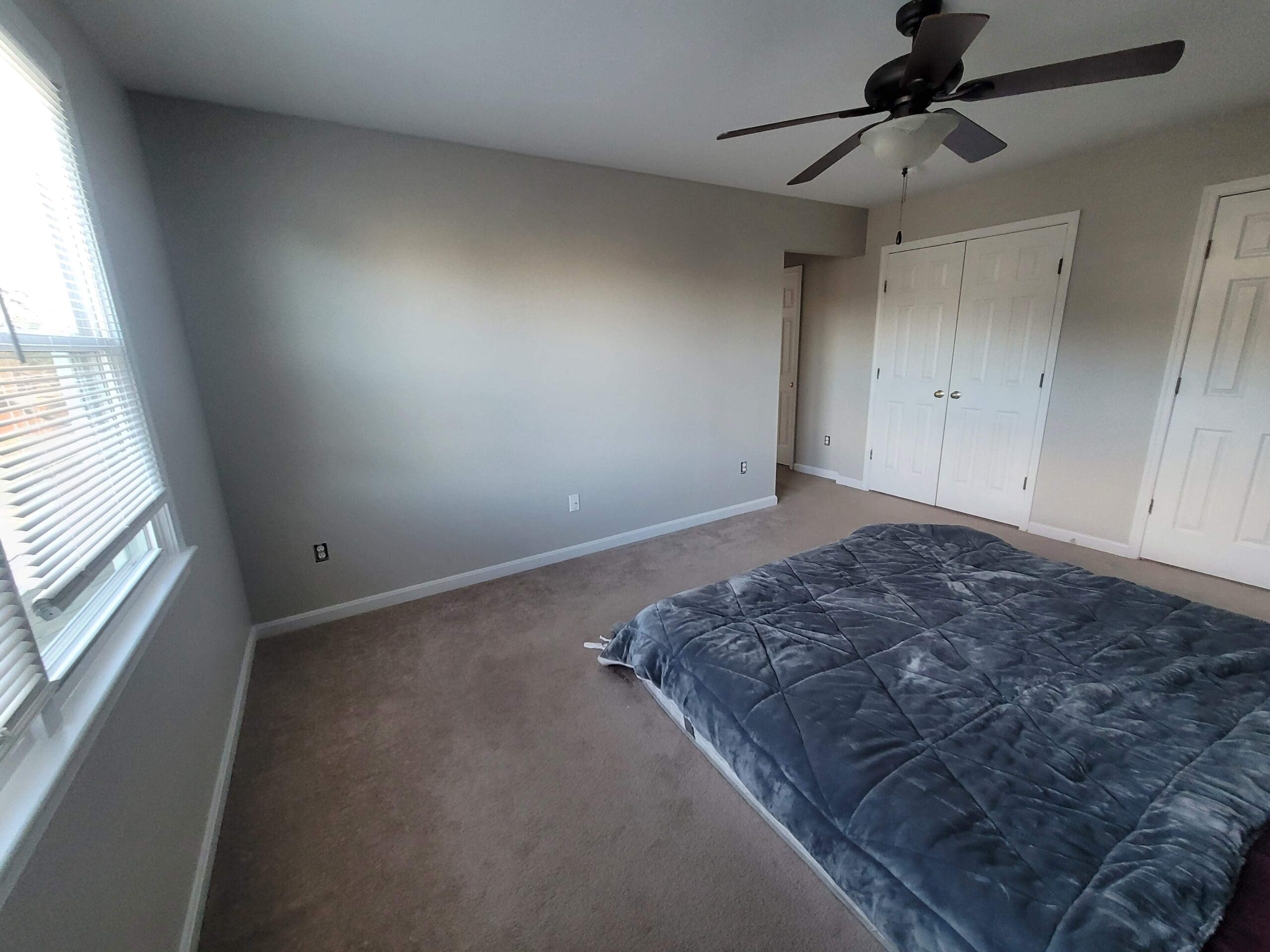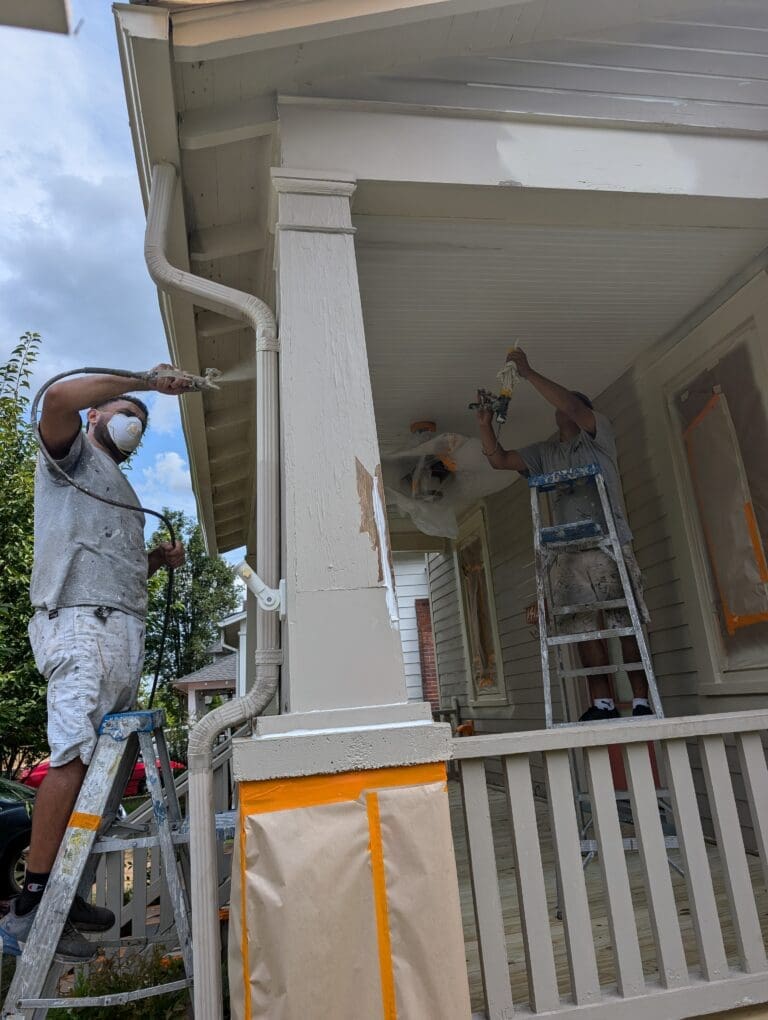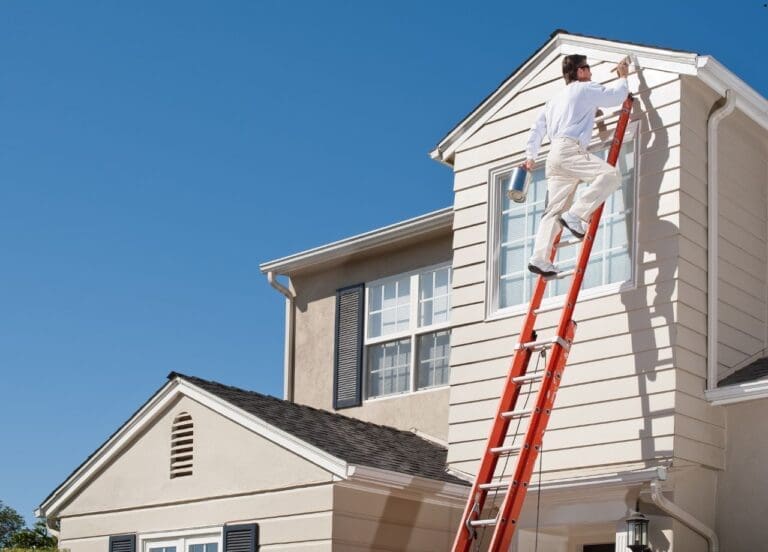Room Painting Costs Explained: What Influences the Price and Why It Matters
Homeowners often ask a straightforward question before starting a painting project: “How much will it cost to paint a room?” At first glance, the answer might seem simple, but room painting costs are shaped by more than just the price of paint. Labor, preparation, materials, room size, and even the condition of the walls all play into the final figure. Understanding these elements helps set realistic expectations and prevents frustration when comparing estimates.
As a professional painting company, Alpha Painting LLC regularly guides clients through this process, helping them understand what goes into a quote so they can feel confident about their investment. A freshly painted room is not just about looks—it adds value, protects surfaces, and creates a space that feels renewed. Knowing where the money goes ensures homeowners are making informed choices about quality and longevity.
Table of Contents
The Impact of Room Size on Cost
The most obvious factor in determining painting costs is the size of the room. Larger rooms require more paint, more time, and more labor. Square footage dictates not just the amount of product needed but also the number of hours painters will spend on preparation and finishing.
A small bathroom might take only a few gallons of paint and a day’s worth of work. On the other hand, a large living room with vaulted ceilings may require ladders, extension poles, and multiple days of effort. The more surface area to cover, the higher the cost, but it’s important to remember that ceilings and trim add square footage too. Ignoring these details often leads to underestimating the actual price.
Wall Condition and Preparation Work
Many homeowners are surprised to learn how much preparation impacts cost. Walls that are in excellent condition with minimal flaws require less prep time. But most rooms aren’t ready to paint immediately. Cracks, nail holes, stains, peeling paint, and rough textures all require attention before a fresh coat of paint goes on.
Preparation might include patching, sanding, caulking, and in some cases priming. Skipping this stage results in a poor finish and shortens the lifespan of the paint job. Professional painters know that thorough preparation often takes as much time as the painting itself. While this increases the cost, it ensures the final result looks sharp and lasts longer.
Quality and Type of Paint
Not all paint is created equal, and the choice of product has a direct effect on both price and performance. Budget paints are cheaper upfront but may require more coats, fade faster, or scuff easily. Higher-quality paints provide better coverage, richer color, and improved durability, which means fewer repaints in the future.
There are also specialty paints designed for bathrooms, kitchens, and high-traffic areas. These often include mold resistance, moisture protection, or stain resistance. Choosing the right type of paint for each room can increase the upfront cost but delivers better protection and a longer-lasting finish. A good painter will always recommend the right product for the space rather than cutting corners to lower the price.
Ceiling Height and Architectural Details
Standard eight-foot ceilings are relatively simple to paint, but higher ceilings or rooms with vaulted angles require additional equipment and time. Working at greater heights involves ladders, scaffolding, or extension tools, which adds complexity and safety considerations.
Architectural details such as crown molding, wainscoting, or intricate trim also increase labor costs. These features require precision work, often with smaller brushes and extra taping, which naturally takes longer than painting flat walls. While these details add beauty and character to a home, they also raise the price of a painting project.
Number of Colors and Finishes
A single-color room is quicker and less expensive to paint than one with multiple colors or finishes. Accent walls, contrasting trims, or decorative finishes like matte paired with gloss add visual appeal but also require more time for careful cutting, taping, and sometimes additional coats.

Finishes themselves vary in cost as well. Flat or matte finishes are typically less expensive, while satin, semi-gloss, or high-gloss paints are more costly. These sheens often demand additional preparation because they highlight imperfections, which means the painter must spend extra time smoothing the surface.
Labor Costs and Professional Expertise
Labor makes up a significant portion of painting costs. A professional team doesn’t just bring brushes and rollers—they bring years of skill, efficiency, and knowledge. Experienced painters complete projects faster, achieve cleaner lines, and apply products correctly, which ensures durability.
Some homeowners may consider hiring the lowest-cost option to save money, but this often leads to uneven coverage, messy edges, or paint that peels within a year. Investing in a reputable professional means paying for workmanship that looks good and holds up over time. In the long run, quality labor saves money by reducing the need for early repainting or repairs.
Regional Differences and Market Rates
Where you live also influences how much you’ll pay. Labor rates vary widely depending on the local cost of living. Metropolitan areas with higher expenses naturally push painting costs upward compared to smaller towns. Material prices can fluctuate as well, especially if certain paints or primers need to be special-ordered for a project.
Seasonal demand plays a part, too. Spring and summer are peak painting seasons, which can affect availability and scheduling. Planning a project during less busy months sometimes allows homeowners to secure better rates without sacrificing quality.
Why Understanding Costs Matters
Knowing what influences the cost of painting a room goes beyond curiosity—it helps homeowners set realistic budgets and make smart decisions about their homes. A clear understanding of pricing prevents sticker shock and creates transparency when reviewing multiple estimates. It also allows homeowners to compare bids fairly.
A detailed estimate from a professional painter should outline the scope of work, the quality of paint to be used, preparation steps, and labor. Without this detail, it’s easy to assume all painting quotes are equal when they rarely are. A lower number might look appealing, but if it leaves out prep work or uses subpar products, the end result will not match expectations.
Painting a room is an investment in both appearance and protection. Walls, trim, and ceilings endure daily wear, sunlight, and environmental changes. A quality paint job defends against moisture, covers imperfections, and gives a home a fresh, cared-for look. Skimping on cost often means paying more in the long run when surfaces deteriorate sooner than expected.
Final Thoughts
Room painting costs depend on more than a gallon of paint. Size, wall condition, paint quality, ceiling height, labor, and location all shape the final price. Understanding these factors not only clarifies where the money goes but also highlights the importance of choosing the right professionals and products.
When approached thoughtfully, painting is more than just color—it’s about creating a durable, polished finish that enhances the comfort and value of a home. Homeowners who recognize the balance between cost and quality are more likely to achieve results that satisfy both visually and financially.







